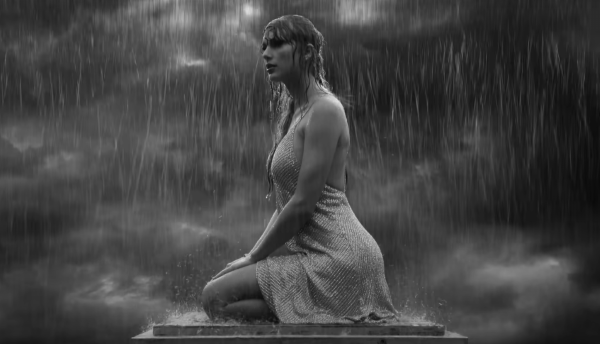Does Trauma Influence Art?
How the pandemic shaped Hollywood’s latest boom in content
Photo by Submitted
Lakeith Stanfield as Darius in the “Teddy Perkins” episode of Atlanta,
In season two, episode six of the award-winning surrealist comedy series “Atlanta,” “Teddy Perkins,” the show addresses a topic that has haunted the world of art and entertainment for as long as that world has been around.
The episode revolves around the polarized opinions of two characters; one claims that great art can only come from a source of great pain, while the other argues that the greatest art comes from the joys of life.
This debate is reflected across the entire history of art, from Van Gogh’s mental health struggles, to the laundry list of comedians and writers who have struggled with depression and addiction.
In the world of music, there’s even a dedicated “club” of artists who passed away, mainly from overdoses, at the incredibly tragic young age of 27.
I’m going to pivot pretty dramatically to another topic here, but bear with me. I promise it’ll all come together.
Towards the beginning of the pandemic, I was pretty adamant that when the pandemic eventually began to settle down, we’d see a huge creative boom.
That was a pretty common opinion. I mean, Shakespeare wrote “King Lear” when he was quarantined during the plague, right?
Sure enough, during late 2021 and 2022, as pandemic restrictions have started to loosen, Hollywood has seen a boom in both quantity and critical appraisal of their output.
Critically-lauded series like HBO’s “Barry,” Netflix’s “Ozark,” FX’s previously mentioned “Atlanta” and more have returned to major acclaim.
Meanwhile, this year’s slate of new series, many featuring fresh, unique voices, has been even more impressive. From “Hacks” and “Winning Time” to “Abbot Elementary” and “Peacemaker,” the world of television is making room for new, exciting stories.
In film, blockbuster movies have seen a return to form and acclaim with “Spider-Man: No Way Home” and “The Batman.”
On the flip end, smaller, stranger films like “The Unbearable Weight of Massive Talent” and “Everything Everywhere All at Once” have blown up massively, with some critics even calling the latter movie one of the best ever made.
These examples are just a narrow snapshot of the massive artistic output that has occurred as the United States’ response to the pandemic has shifted, but the point is that we’re in a verifiable entertainment renaissance.
So, the question I pose is whether this is simply a result of artists being cooped up for two years with nothing to do but create, or is it actually a direct response to the global trauma the world has experienced in recent years?
There’s precedent for this idea, with the New Wave of filmmaking (the movement that resulted in “The Godfather” and “Star Wars”) arising from the turmoil of the 1960s, or the explosion of Impressionism following World War 1.
At its core, this is the same argument that the episode of “Atlanta” grapples with. Does trauma create great art?
In the episode, one character, Teddy Perkins, suggests that the greatness of the artist Stevie Wonder’s music was a response to the trauma of his lifelong blindness.
The other character, Darius, argues that Wonder’s music was an expression of joy and love.
“He was blind, but he wasn’t blinded,” Darius says. “He saw through his music.”
This question is pretty complex, and it’s difficult to fully address it in such a short article, so I encourage you to think about it yourself and come to your own conclusion.
At the end of the day, though, I think great art will always be an expression of life’s beauty, and if art is any kind of response to trauma, it’s one of defiance.
Porisch can be reached at [email protected].

Nick Porisch is a third-year English student, and this is his fourth semester at The Spectator. Most of the time you can find him just sitting around someplace, potentially writing but usually just sitting. On the rare occasion he’s not sitting around, he might be rock climbing or running. But most likely he’s just sitting somewhere.











